Guide to Easy Smoothie Recipes
This post may contain affiliate links. Please read our disclosure policy.
The ultimate guide on how to make a smoothie including tips, ratios, FAQs, smoothie ingredients, and 5 simple smoothie recipes that you can meal-prep now!
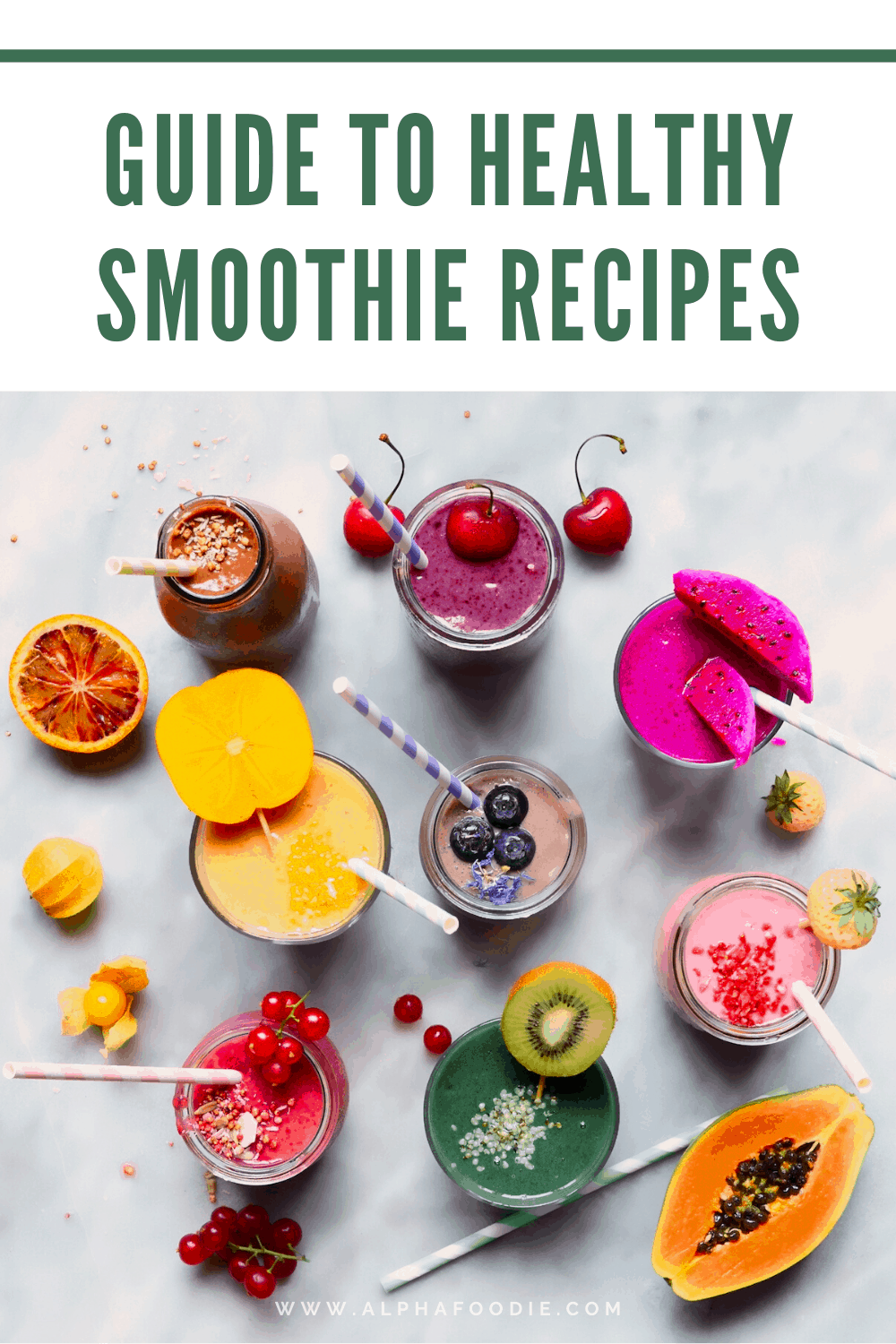
If you’ve been following me from the very beginning, then you’ll know that drinking smoothies and smoothie bowls are actually what influenced this entire blog. Finally, years on, I’ve decided to compile everything I’ve learned about how to make a smoothie into one ultimate comprehensive guide to smoothie making.
Smoothie making can be so subjective – depending on people’s tastes, nutritional needs, calorie intake, textural preference, etc. – that I’d initially thought this wouldn’t be helpful. However, after years of receiving questions and answering them all individually, I thought I’d finally compile a thorough blog post that will hopefully answer all the queries you have.
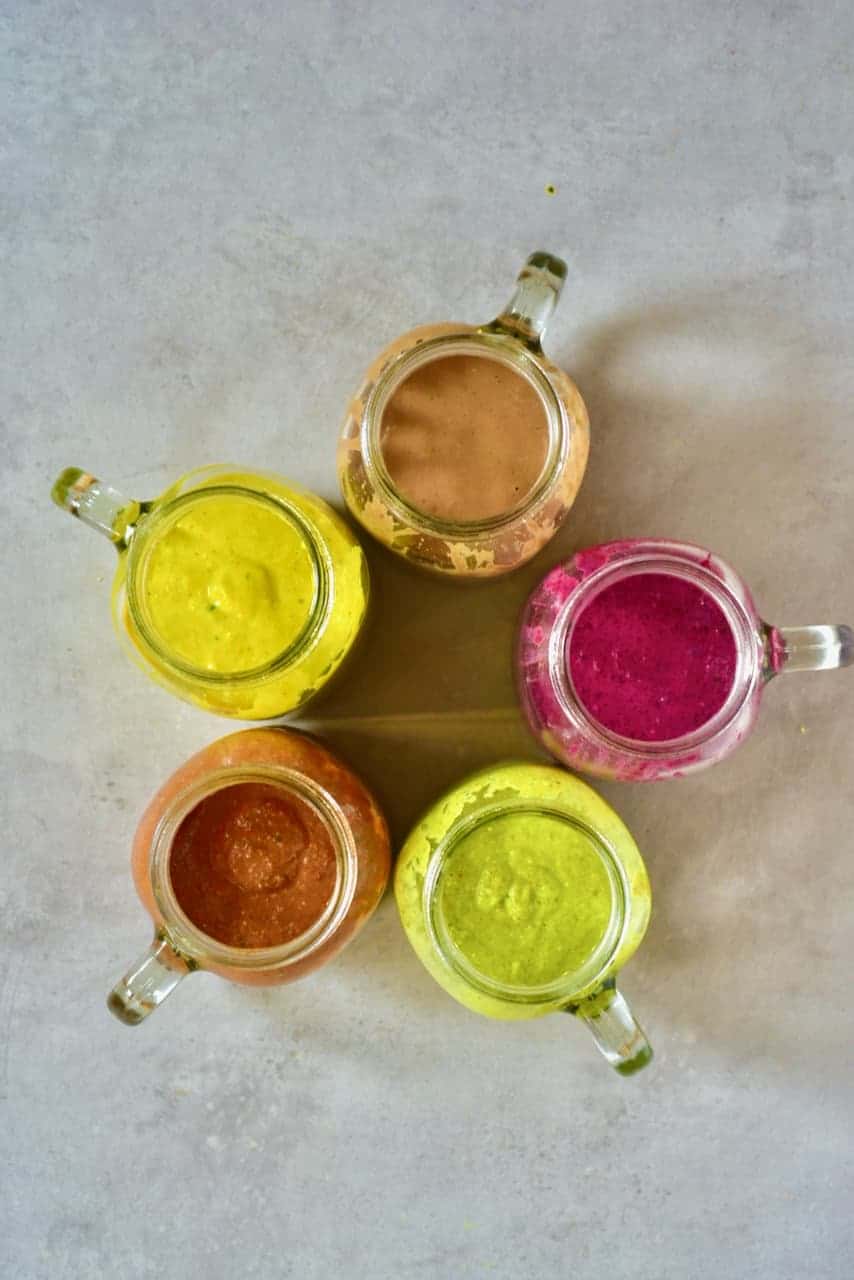
And, if you think there’s anything I’ve left out of this smoothie guide, or that you haven’t found an answer to then pop it in the comments and I’ll do my best to give you an answer/update this post.
Want to save this recipe?
This post contains a few sections
- FAQs
- Top tips for smoothie making
- Ratios and guides
- Delicious Ingredient options and Flavour combinations
- PLUS, I’ll even be including five of my current go-to smoothie recipes that you’re able to meal-prep in advance (how-to included) and chuck in the blender whenever you want.
When done right, you can start your day right with a nutritionally balanced, filling, smoothie that combines good levels of fiber, good fats, protein, carbs, and a variety of vitamins and nutrients. It’s easy to make the mistake of chucking some ingredients into a blender and ending up with a high-calorie, nutritionally unbalanced meal – so following a smoothie-making guide with rough ratios, is a great way to go.
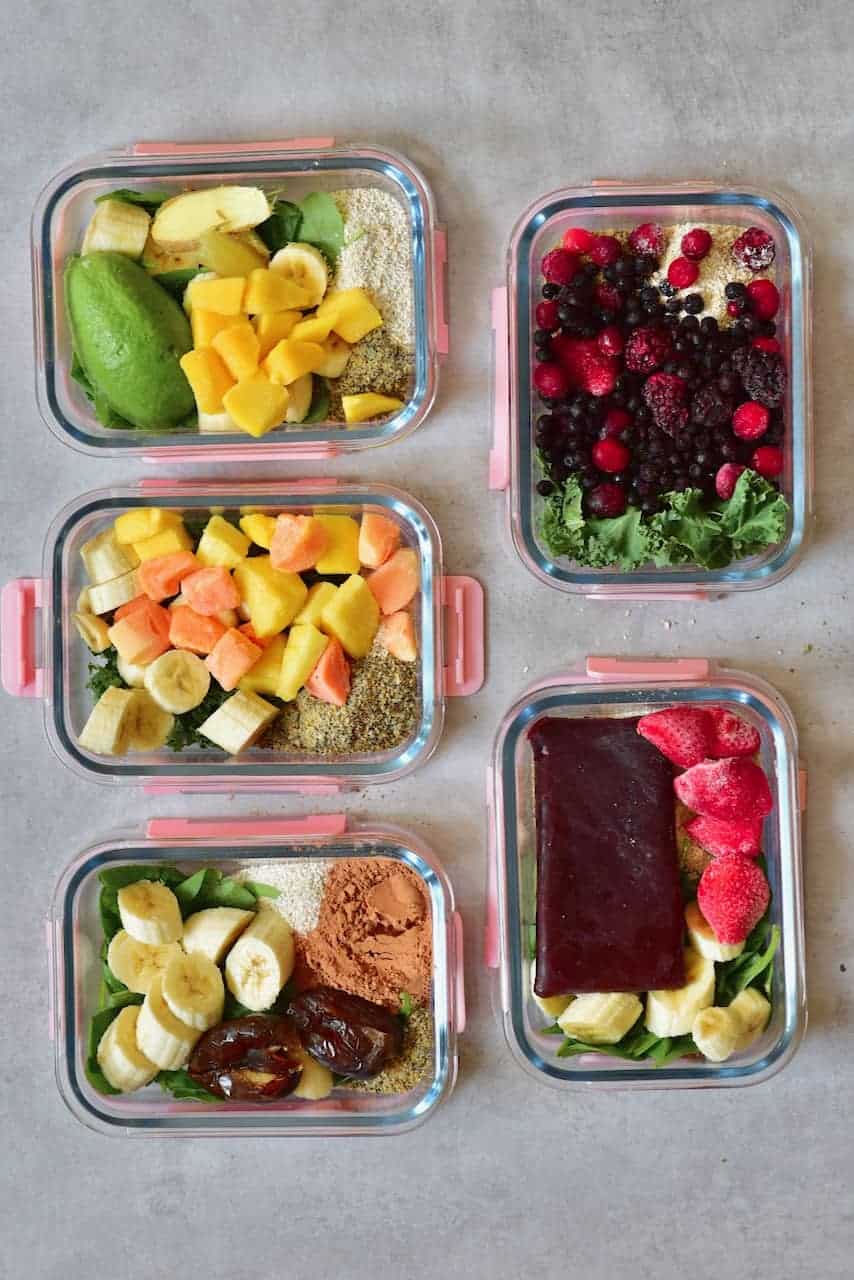
Smoothie FAQs
This isn’t cut and dry. Following ratios can be useful for creating a balanced meal. However, there’s no rule!
We’ve all seen (and possibly eaten) the delicious super-thick smoothie bowls that are taking over social media. This post is more directed toward drinkable smoothies – however, there are still a variety of ways to keep these thick. This includes using frozen ingredients (especially frozen bananas) and adding in dense extras such as oats, cooked whole grains, and thick yogurt.
This is my favorite way to make a smoothie. If you have a high-powered blender, you may only need a splash of liquid near the blades to get them going. For less powerful machines, you may need extra liquid to help blend the frozen pieces.
Smoothies are best consumed immediately after blending to avoid oxidation of the ingredients and nutrient loss. However, leftovers can be frozen, if wanted – just pour them into any freezer-safe container and store them for up to three months. Simply defrost it in the fridge the night before or chuck it straight in the blender with a splash of liquid.
While this is possible, it will also limit what ingredients you’re able to use as they’ll need to be soft/mushy such as berries and banana so you can mash them with a fork then add them to a tumbler and shake with yogurt/milk, etc. You can also use an immersion blender.
Top tips for smoothie making
- One of my absolute favorite tips is how handy meal-prepping smoothies can be. Plan your smoothies out into reusable silicone bags or storage containers and store them in the freezer. Once prepped, smoothies become the ultimate grab-and-go meal/snack.
- Whether you’re using frozen ingredients or not, it’s always a good idea to add the liquid to your blender first, so it’s closest to the blades. This will help your blades cut through the ingredients faster.
- Use frozen fruit instead of ice, so the smoothie isn’t watered down. Frozen fruit is also often cheaper than fresh and has similar, if not better nutritional value. You can read more on the comparison here.
- Banana is the typical “base” for many smoothies. However, banana alternatives include steamed cauliflower, zucchini, sweet potato, or even butternut squash (and other squash/pumpkin).
- Smoothies are often fairly sweet due to their high fruit content. However, if you’re making a vegetable-heavy smoothie and want to know how to make a smoothie sweeter then stick to natural unrefined sweeteners like agave, maple, hon,ey or even dates.
- Sneaking in leafy greens into any smoothie is one of my favorite ways to pack in extra nutrients. A large handful of spinach or kale to any smoothie will add nutrition without any taste.
Things to avoid
1) Not measuring the ingredients: If you’re tracking calories and/or macros, then measuring your smoothie ingredient is the way to go. Calories can rack up quickly if you’re not paying attention.
2) Adding too many superfoods: people often think that the more superfoods, the better. However, many superfoods rack up a lot of calories quickly, too – so keep an eye on this.
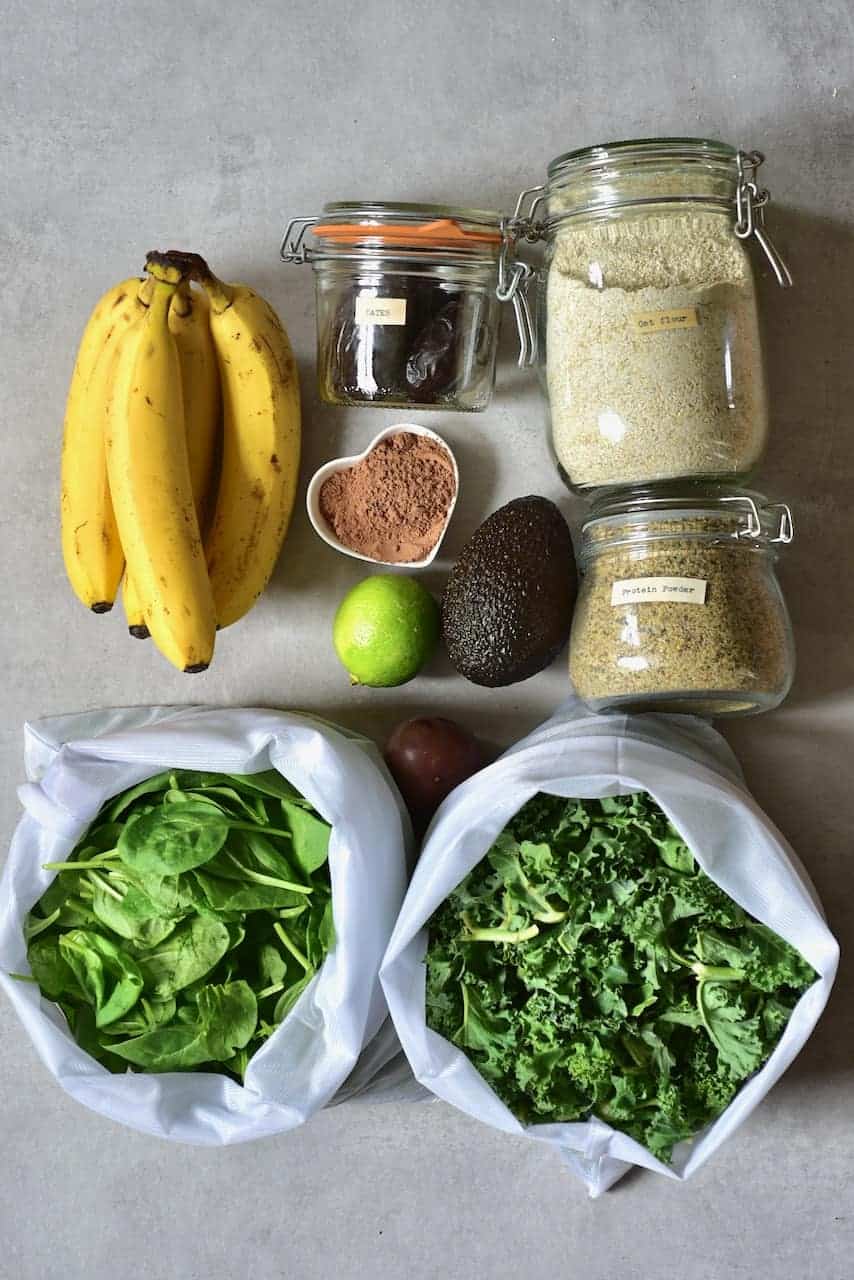
Ratios & guides
As I said above, depending on what your calorie goals are, macros, etc, what goes in your smootie can vary. I try to keep a ‘snack’ smoothie below 200 kcal and a breakfast smoothie below 400 kcal if I can.
As a general rule, I tend to ratio my current breakfast smoothies along the lines of:
- 1 cup liquid
- 2-3 cups fruit/veggies
- 1/4-1/2 cup additives
Within this amount, I try to make sure I include good fats, protein, and fiber.
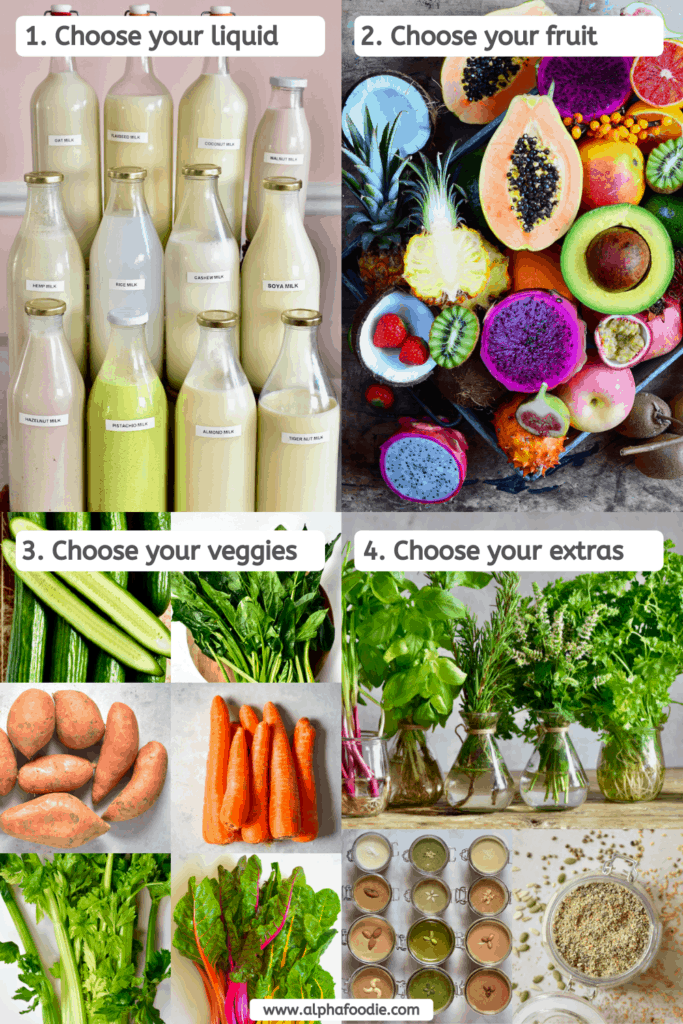
How to build a smoothie
Building a delicious and nutritious smoothie needn’t be hard. There’s a simple ‘formula’ that can help you with creating new and exciting smoothies regularly, so you never get bored with your smoothie ingredients.
These include:
- Picking your Liquid
- Choosing your Fruit
- Choosing Vegetables
- Adding Protein
- Good Fats
- Other Additives (including spice)
Note* You’ll notice that certain smoothie ingredients overlap into different categories. For example, avocado counts as a good fat and fruit. Plus, chia seeds can add protein as well as fiber.
The liquid
There are surprisingly quite a few liquid options that you have available for smoothies. Choosing the best option for you depends on how creamy/light and how calorie-dense you want your smoothie to be. I like to add around 1 cup of liquid.
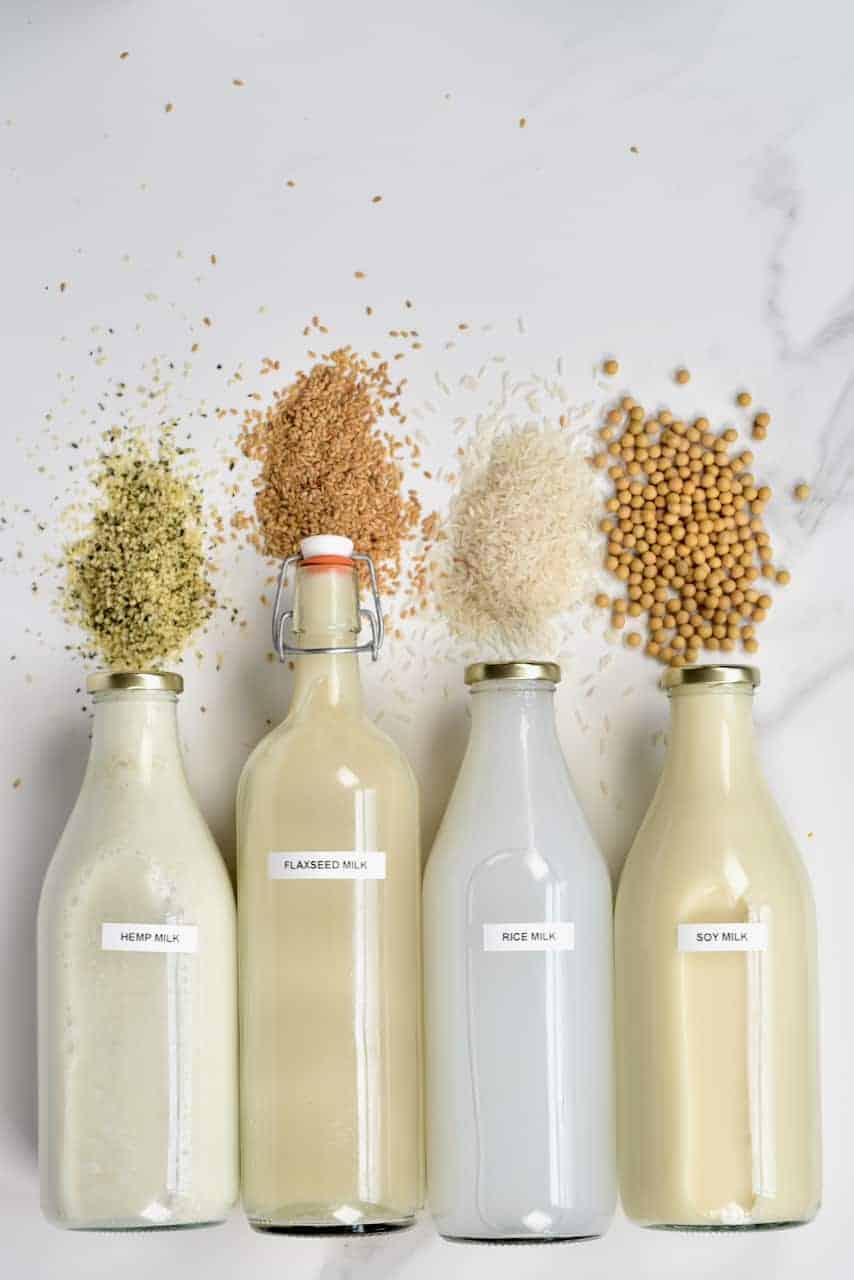
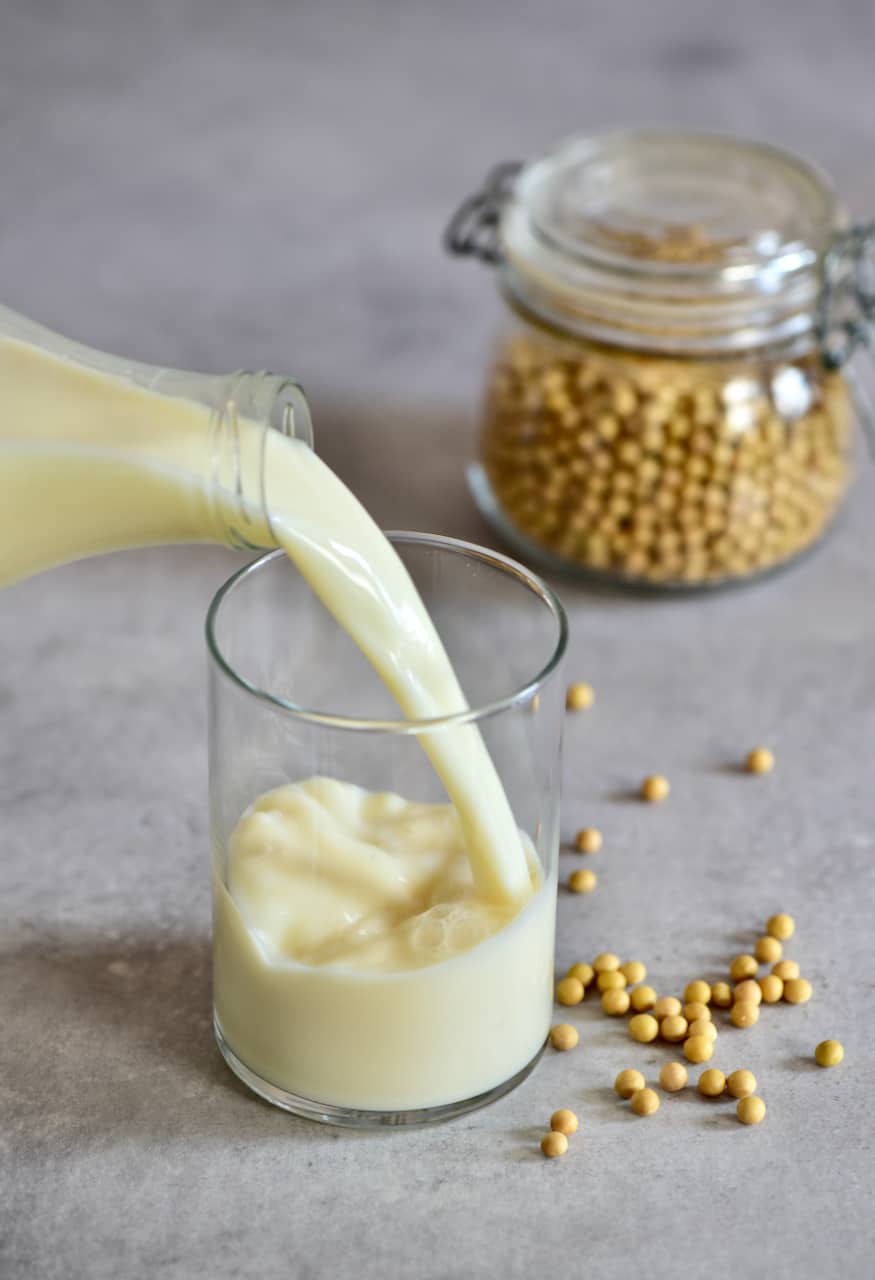
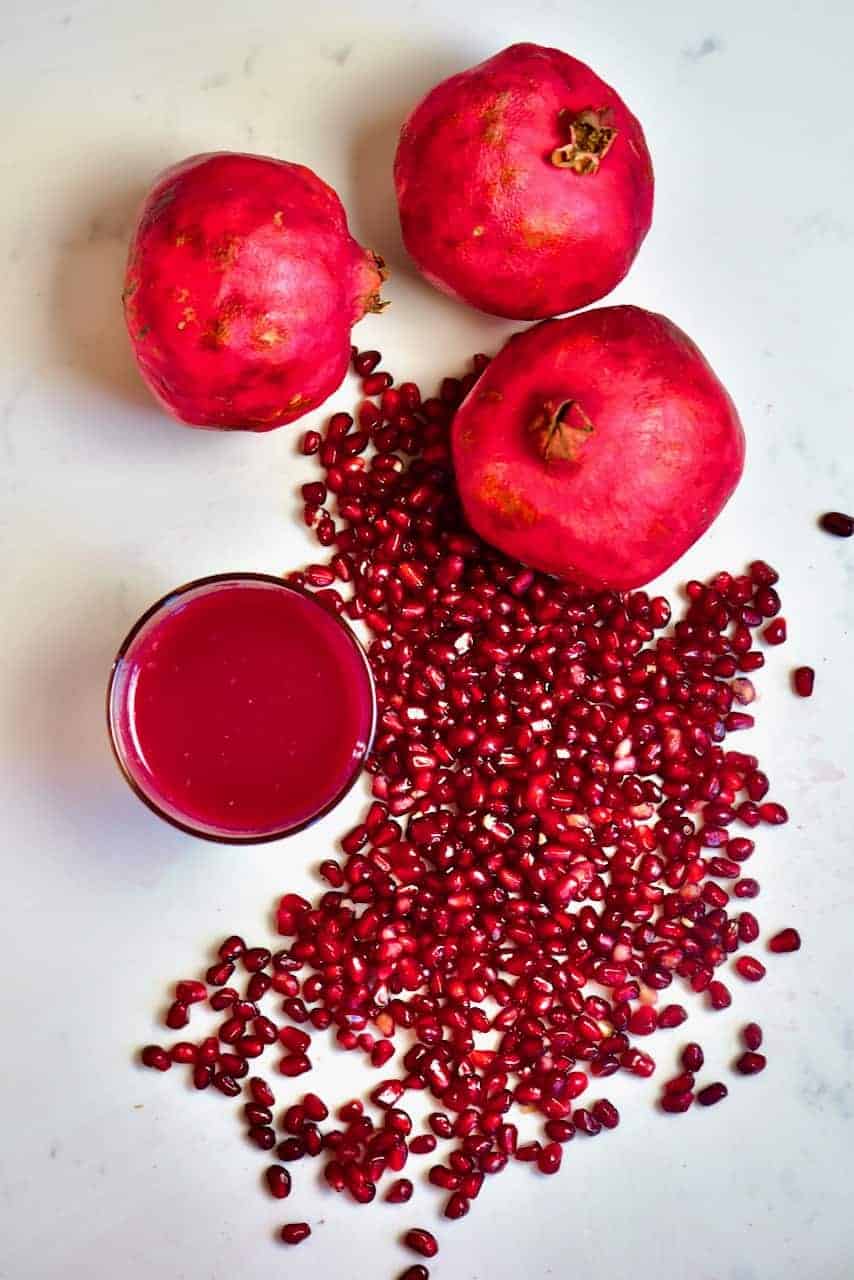
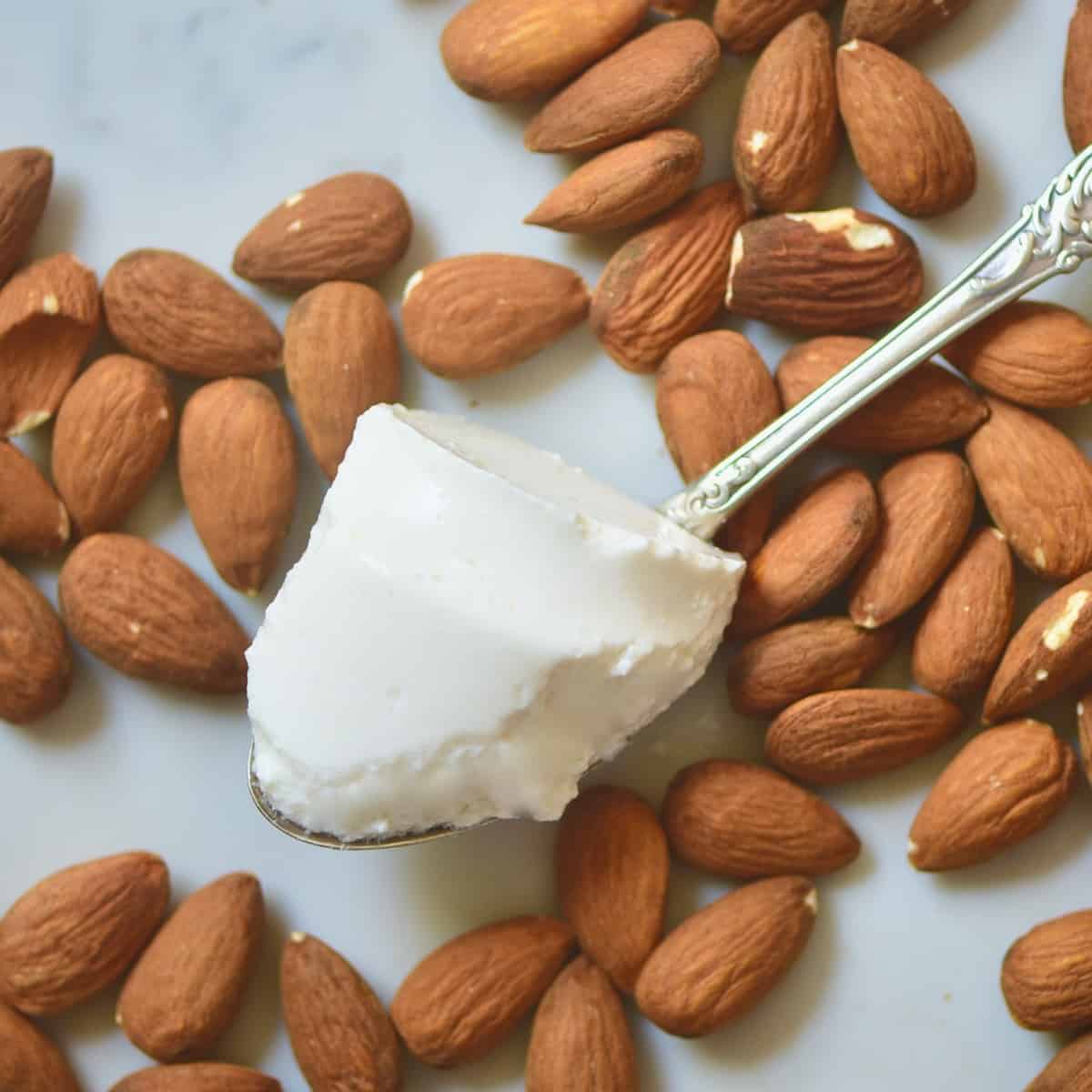
- Water: The lightest no extra calorie option – for a mild, fruity smoothie that isn’t as “creamy”. You can also use coconut water for added flavor and sweetness.
- Milk: Whether you drink dairy or not, there is a massive variety of milk types that you could choose for your smoothie. Oat, almond milk, rice, coconut, soy, etc. Here’s my guide to plant-based milk options with recipes included.
- Yogurt: If you want to add more protein to your smoothie, as well as for a more luxurious, creamier final drink, then you might want to add yogurt instead of a liquid. You can use homemade natural yogurt, coconut yogurt, almond yogurt, etc. I like to keep it plain and additive-free.
- Fruit Juice: This isn’t something I often do, as the smoothies are already heavily fruit and vegetable-based. However, there are a variety of juices that you could add for a sweet, flavorsome smoothie. This includes orange juice, apple cranberry, pineapple, pomegranate juice, and more – just be mindful of sugar content.
- Immune-boosting energy shots: You could also add in an optional detox shot like this Ginger Turmeric Energy Shot, Lemon, Ginger and Cayenne Shot, or Simple Beetroot And Ginger Juice.
Note* You could also use kefir, for additional gut-friendly bacteria as well as the pre-biotics added by the rest of the ingredients. Or, for something a little different then try a brewed and cooled tea such as green tea or another herbal variety.
The fruit
There are tons of options for fruits that you can add to your smoothies, so I can’t list them all. However, here is a relatively comprehensive guide for your options.
I usually add around 1 – 1½ cups of fruit. If you’re worried about the sugar content in fruit, then you can pair a high-sugar choice with low-sugar options.
For example, mango, watermelon, bananas, and cherries are all considered high-sugar fruits, whereas many citrus fruits, strawberries, blackberries, and even peaches are lower sugar options.
- Bananas
- Apples, Pears, Peach, Nectarine
- Berries: blueberries, strawberries, raspberries, blackberries, cranberries,
- Pineapple, Mango, Papaya
- Pomegranate
- Kiwi
- Figs
- Melon: Watermelon, cantaloupe
- Citrus: oranges, lemon, lime, grapefruit
- Avocado
The vegetables
Whether you’re in the mood for a good green smoothie, or simply want to find ways to sneak more veggies into your diet, there are plenty of options for you.
I like to add between 1 ½-2 cups of vegetables if I can, this is particularly easy as a cup of spinach/kale disappears within a smoothie, is a low-calorie option but packs a ton of nutrients.
In terms of green vegetables:
- Kale, spinach, collards, green cabbage as well as zucchini, cucumber, celery, and even sprouts.
- Other vegetable options include steamed sweet potato, beets, carrots, squash (butternut, acorn, etc.), pumpkin as well as cauliflower.
Protein options
Protein can be incorporated into a smoothie in a variety of ways. For example, adding just between a ½-1 cup of Greek yogurt can add up to 20g (if not more). You could also include a variety of additives such as silken tofu and chickpeas.
You can include additional protein without the need for any unnatural protein powders too. For example, you can make your own all-natural protein powder, or even add a tablespoon of homemade nut butter as well as protein-rich additives like chia seeds.
Good fats
Even in 2020, people are still scared of the word ‘fat’, but good fats are vital to our body functioning at optimal levels. In fact, I read a study recently that stated that for around 60% of the population, the dietary cholesterol we consume has little effect on our blood cholesterol levels, as this is something our bodies regulate.
There are a few options, including nut and seed butters, nuts (like walnuts), hemp seeds, avocado, and even certain oils like avocado oil.
While these options tend to be the more calorie-dense ingredients in a smoothie, they are usually added in small quantities. I typically add 1 tbsp of any nut/seed butter and ¼ – ½ an avocado.
Other Additives
There are a variety of other additives that you can add to a smoothie to boost flavor and nutritional value. For example:
Superfoods
There are a variety of ‘superfood’ nutrient-dense ingredients that you can include in a smoothie including raw cacao (or cocoa powder), spirulina, maca powder, açai, goji berries, bee pollen, and more.
The amount you need for each ingredient depends. For example, spirulina can have a strong ‘fishy’ after-taste if you add too much, so I usually keep this to ½-1 tsp. Whereas, I might add anywhere up to 1 tbsp of raw cacao or açai powder. I suggest starting at 1 tsp when trying a new ingredient and increasing if wanted.
You could also think about including ingredients like collagen, wheatgrass, moringa, and adaptogens like medicinal mushrooms.
Herbs & Spices
These ingredients add flavor to the smoothie. Spices include ginger, cayenne, cinnamon, turmeric, and more.
In terms of herbs, you can use mint, basil, parsley, cilantro, and more. You can also add vanilla and cardamom, etc. for additional flavor.
Note* you could also use powders such as matcha powder.
Fiber
A fiber-rich ingredient is something I love to add to any breakfast/meal smoothie option. Fiber helps keep you fuller for longer, stabilizes blood sugar levels, slows down digestion, and can be great for digestion.
I have to be honest that rolled oats/oat flour is a personal favorite addition of mine to smoothies. However, it’s not the only high-fiber option that you can include. Others include chia seeds, flaxseed, hemp seeds, coconut (and coconut flour), or even a handful of whole wheat cereal or cooked whole grains like quinoa.
Delicious smoothie flavour combinations
So, now that you have all the options for ingredients, you probably want to know the best combinations of ingredients. There are some generally well-known great flavor combinations and others are simply down to personal taste.
I have included five easy smoothie recipes below with some of my favorite flavor combinations. However, if you want to find more flavor combinations, then you can use this ingredient pairing tool, this list of fruit combinations, or even this flavor pairing chart.
I find that banana (which is the base for many of my fruit smoothies) pairs well with most other fruits and veggies, particularly a banana smoothie with berries and tropical options including pineapple and mango.
For green smoothies, I also love the combination of the fresh green against the sweet tropical flavors of mango, pineapple, sweet citrus fruits, and sharper flavors including grapefruit, ginger, and lemon/lime.
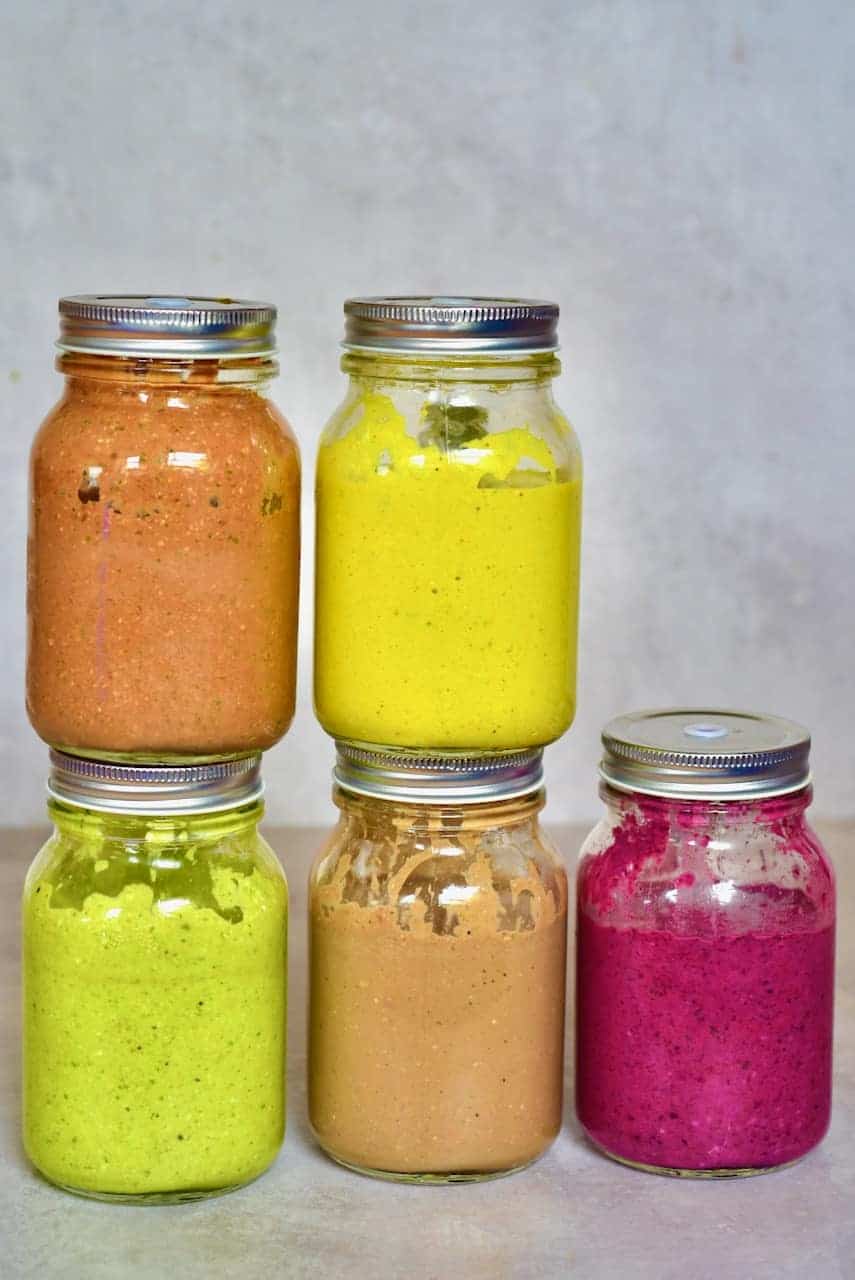
Meal-prepping smoothies
With all of that out the way, it’s time to discuss how to meal-prep frozen smoothie packs and my five easy smoothies.
I love to meal-prep smoothies as a quick grab-go option whenever I feel like one. The five smoothie recipes I include below include a green smoothie, mixed berry smoothie, açai smoothie, a tropical smoothie, and a chocolate banana smoothie.
Notes:
- If you don’t have oat flour, you can make this yourself by blending the oats into a fine powder. Store these in an airtight container in your cupboard.
- Feel free to use fresh or already frozen fruits.
- You can use any freezer-safe container for these including the glass boxes I’ve used here, re-usable silicone bags, and even freezer-friendly mason jars.
To prepare your smoothie meal-prep containers, the process is super simple. Some people like to freeze elements individually, so nothing sticks together. However, I find it handy to chuck everything in a single container.
I keep my oat flour, protein powder, leafy greens, and fresh fruit and veg all within the box and freeze them at once.
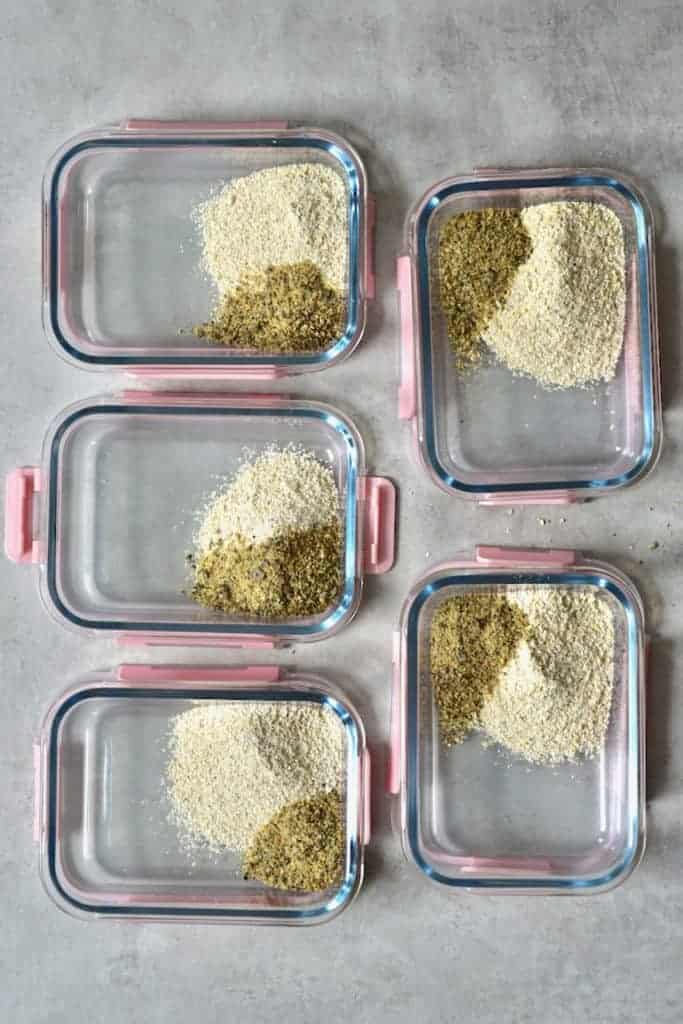
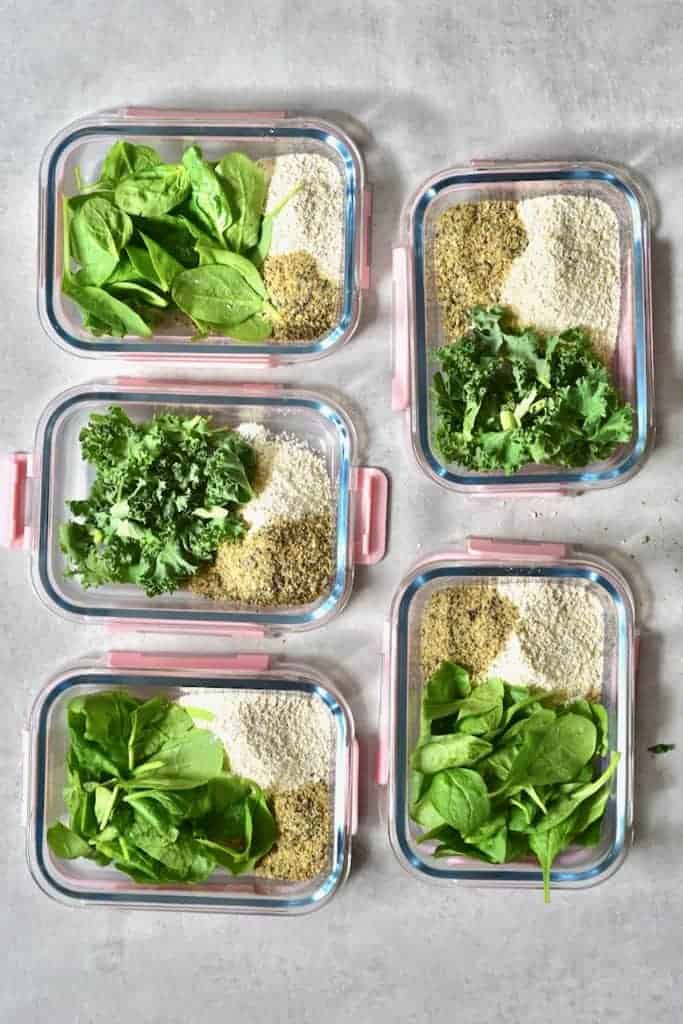
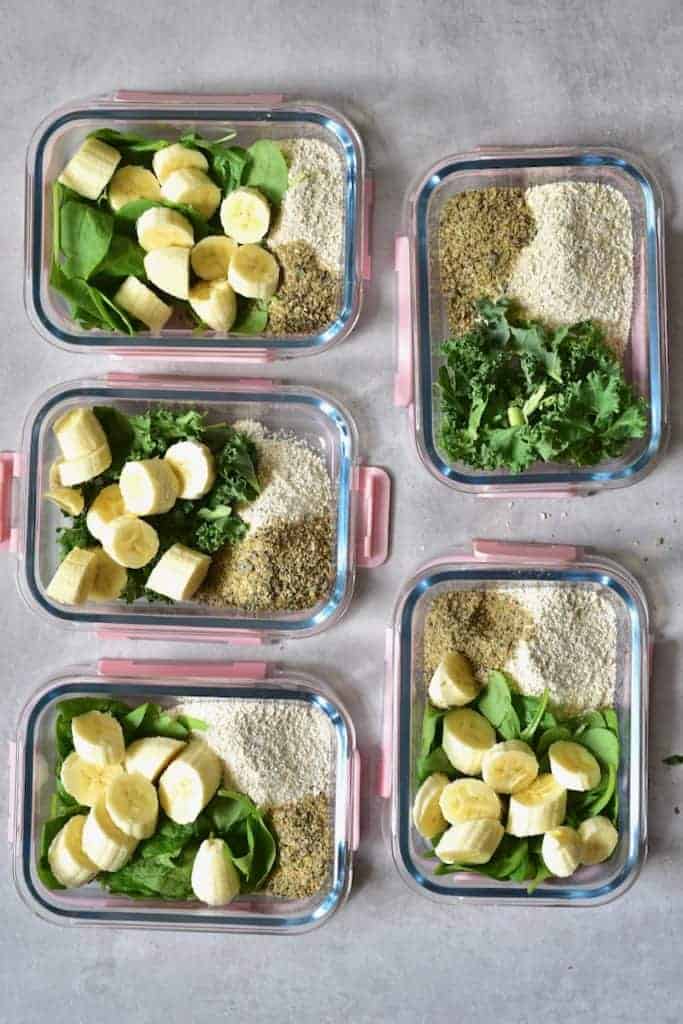
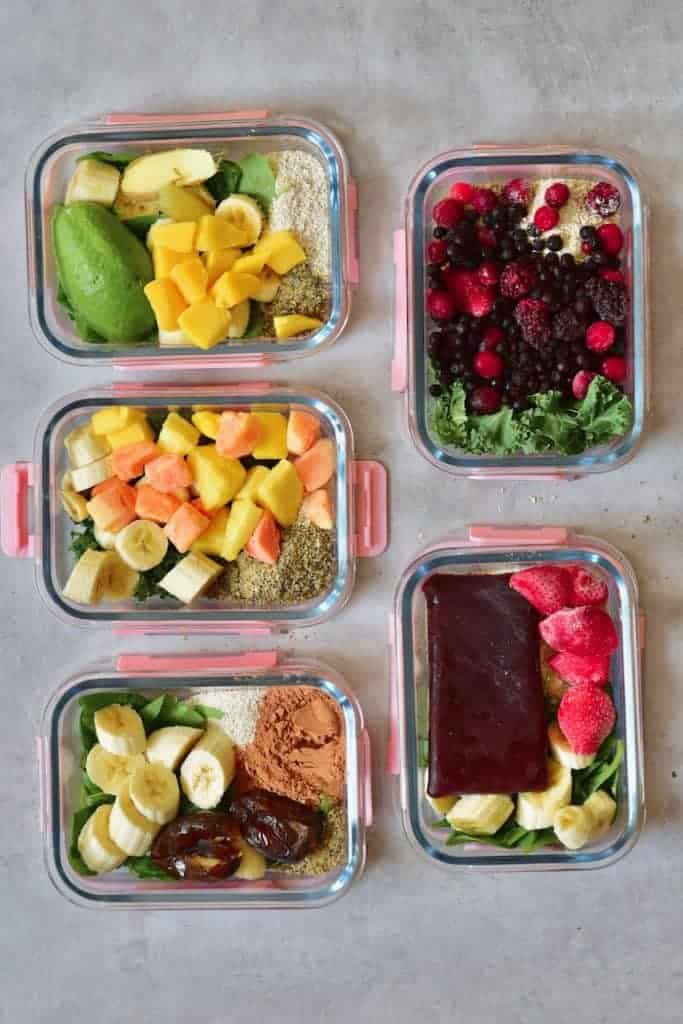
Follow the five smoothie recipes below, and you have five sets of smoothie ingredients ready to be chucked into a blender with your wet ingredients (the liquid, any nut butters, yogurt, etc).
Close each container tightly and place them in the freezer. Feel free to label the containers too with what still needs to be added to the smoothie.
You can also keep these meal-prep containers in the fridge for a few days, but the nutritional value will decrease quickly – so I tend only to do this for smoothies I’ll be making later on the same day.
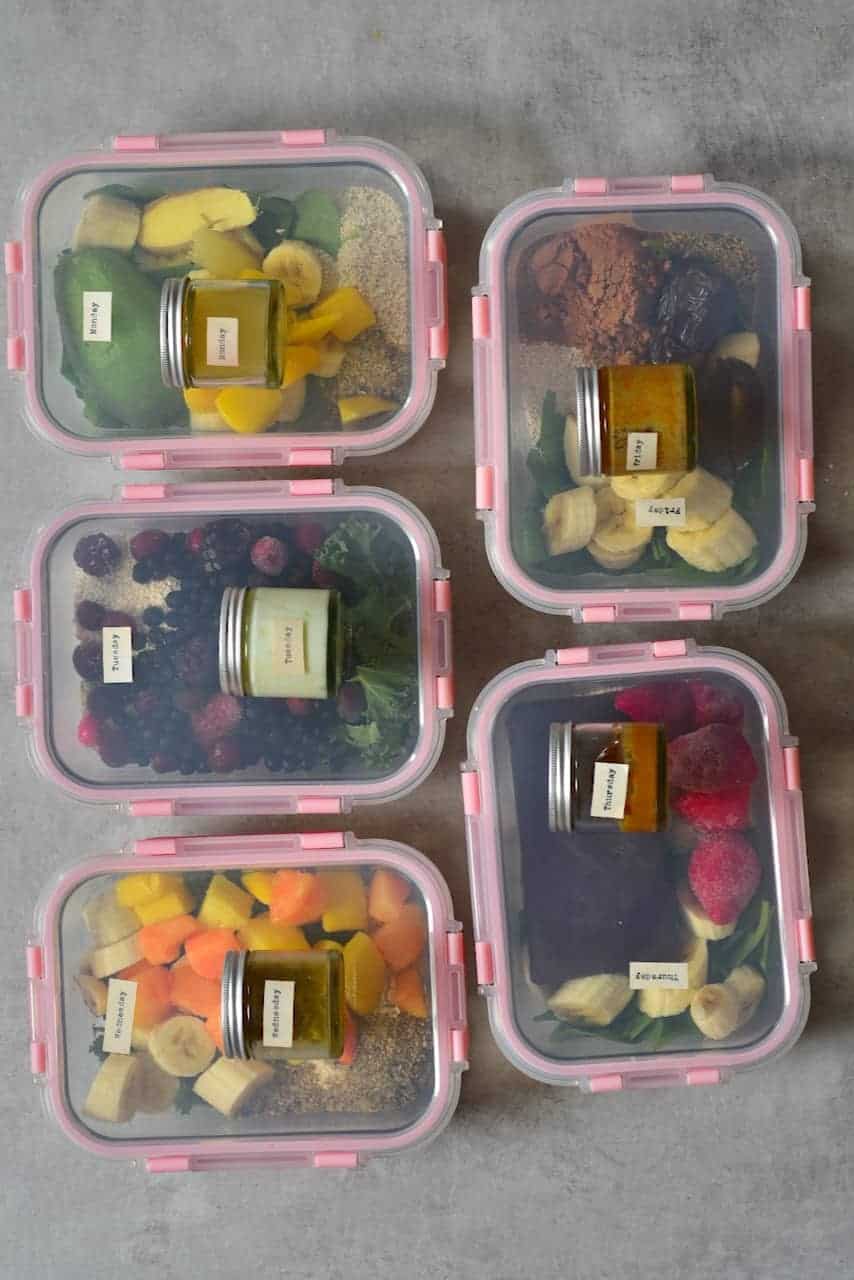
Blending the smoothies
When you are ready to make a smoothie, just add the required liquid (nut milk, coconut water, or yogurt) to your blender/food processor.
Then add the rest of the ingredients.
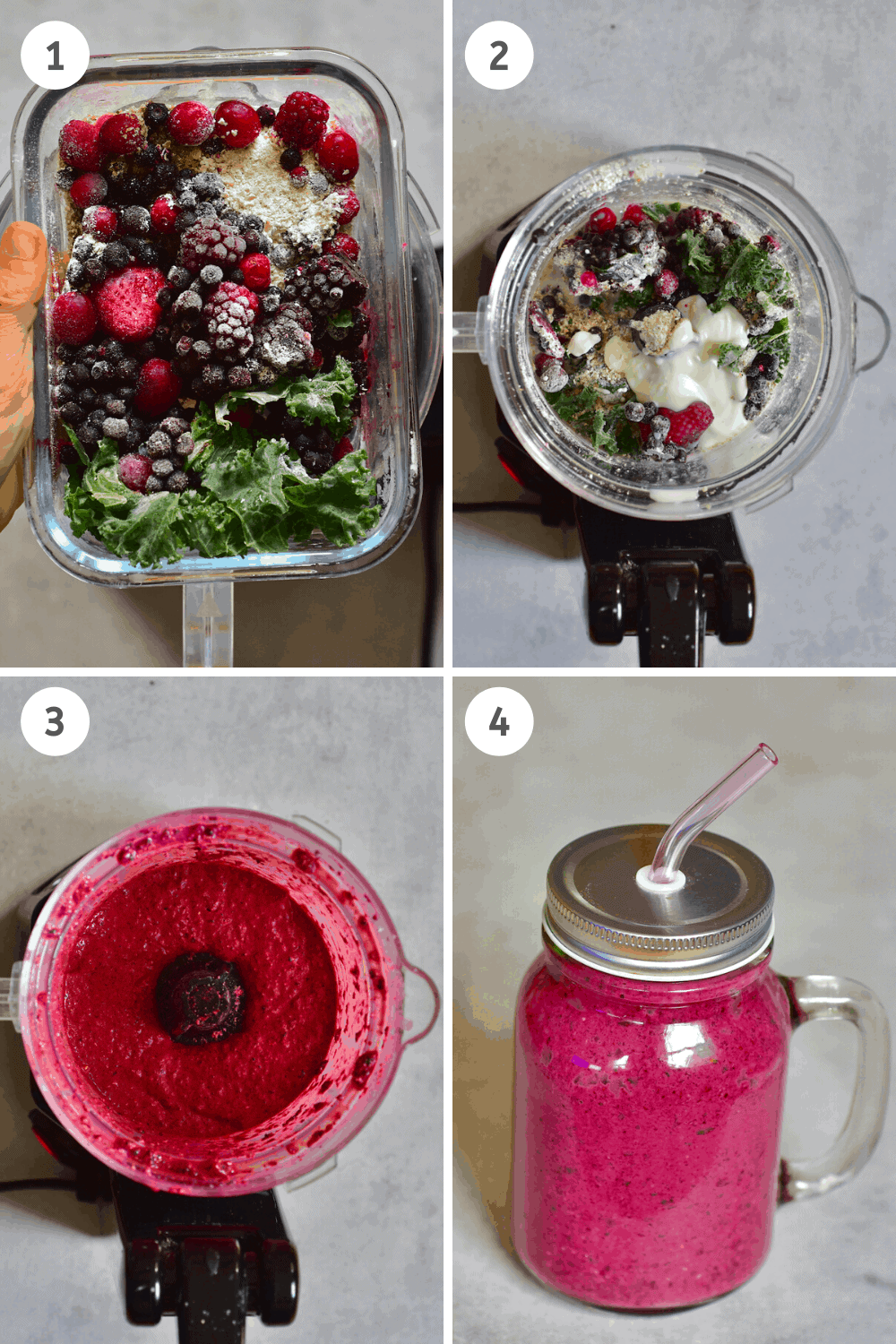
Blend till smooth and enjoy!
Any smoothie you make is best consumed immediately.
If you have any leftovers, you can freeze them in ice cube trays or freezer-safe containers for up to a month. Then you can just let them thaw out, stir and drink. Or add the frozen leftovers to your next smoothie.
The Five Smoothie Recipes
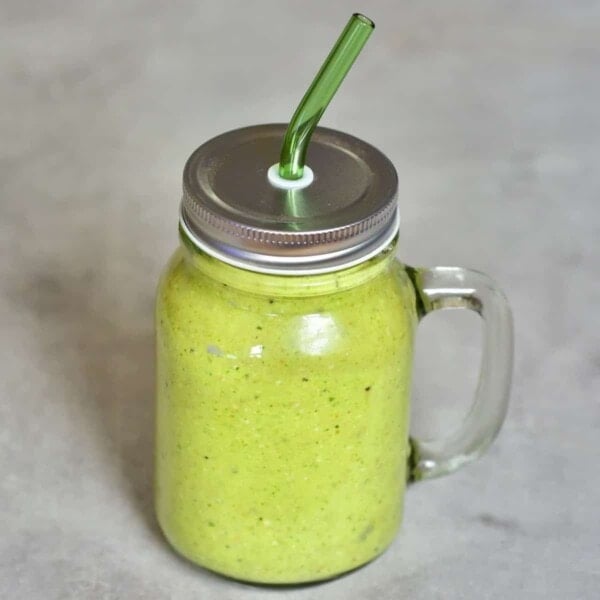
Tropical Green Smoothie
View Recipe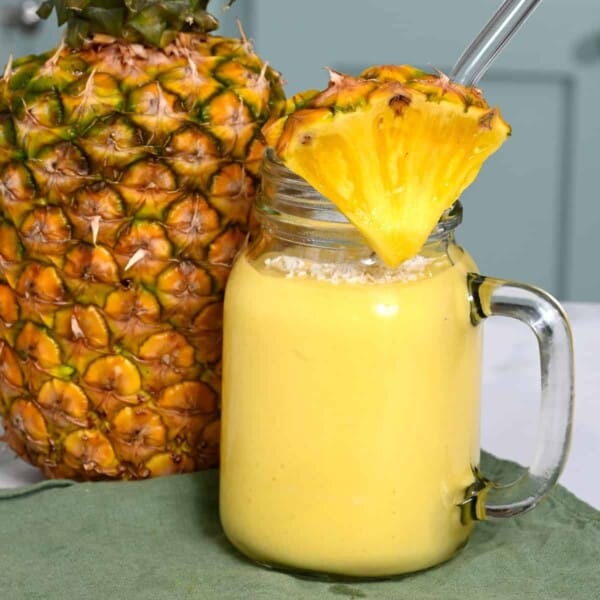
Mango Pineapple Smoothie
View Recipe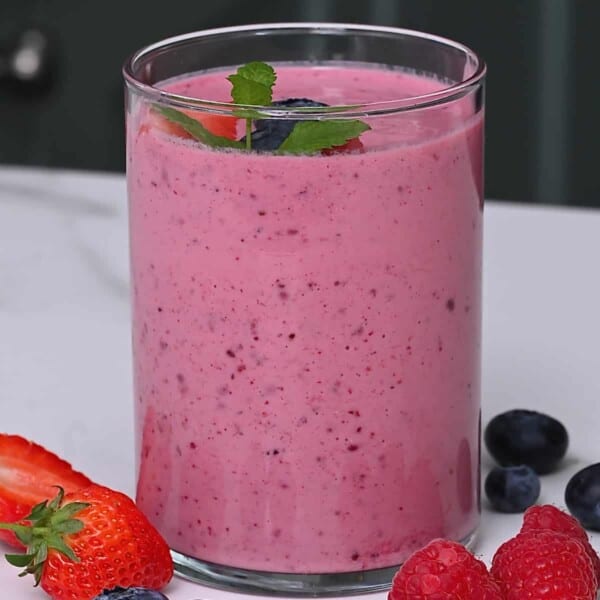
Super Easy Berry Smoothie
View Recipe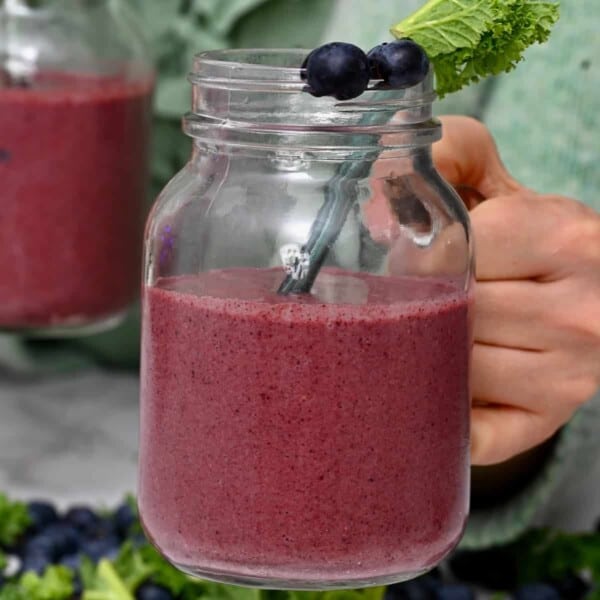
Blueberry Kale Smoothie
View Recipe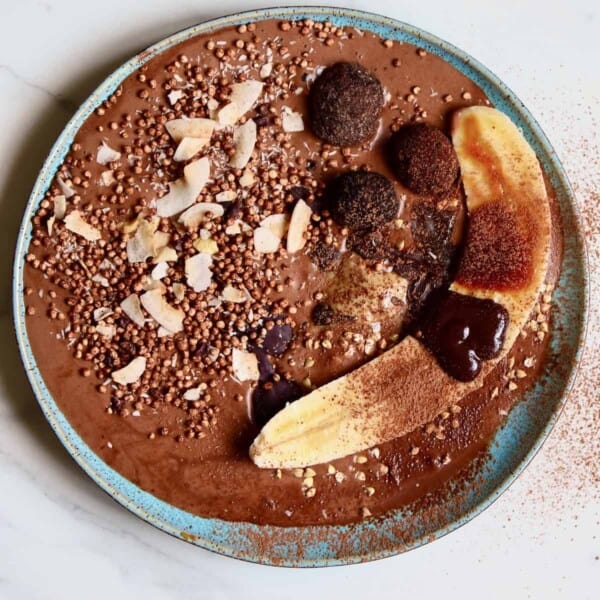
Vegan Chocolate Smoothie Bowl Recipe
View RecipeOther Recipes You May Like
- Strawberry Banana Smoothie
- The Best Blueberry Smoothie
- Peach Smoothie Recipe
- Protein Breakfast Smoothie
- The Best Raspberry Smoothie
- Keto Strawberry Smoothie
- The Best Mango Smoothie
- Frozen Açai Smoothie
- Tropical Guava Smoothie
And plenty more smoothie-inspired recipes here on the blog along with 50+ Vegetarian Breakfast Ideas!
If you have any questions, feel free to ask them in the comments. You can also tag me in your recreations on Instagram @Alphafoodie.










This is very interesting, You’re a very skilled blogger. I
have joined your rss feed and look forward to seeking more of your great post.
Also, I’ve shared your site in my social networks!
Thank you so much for all your support! 🙂
Very helpful article! May I ask what blender you are using?
Hi Tori,
Thank you for your comment. The smoothies can be made with any blender.
Hope this helps.